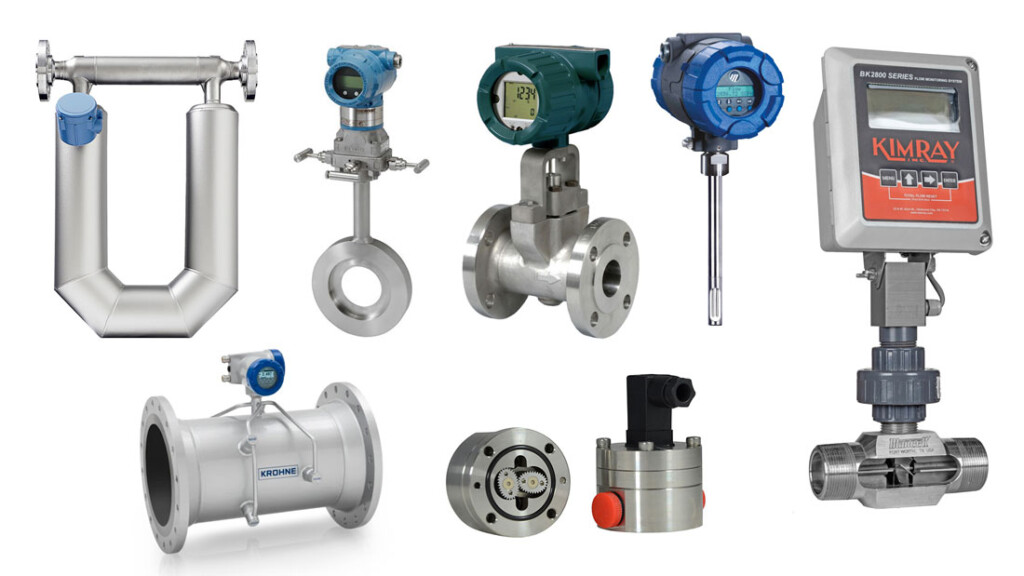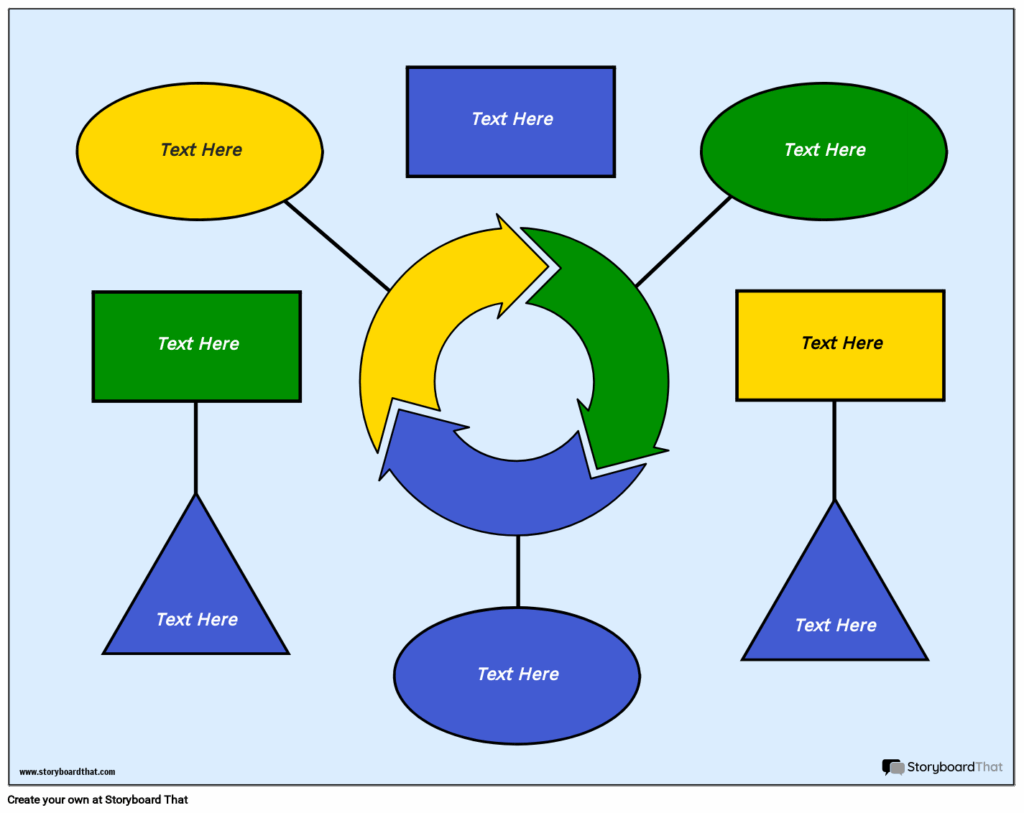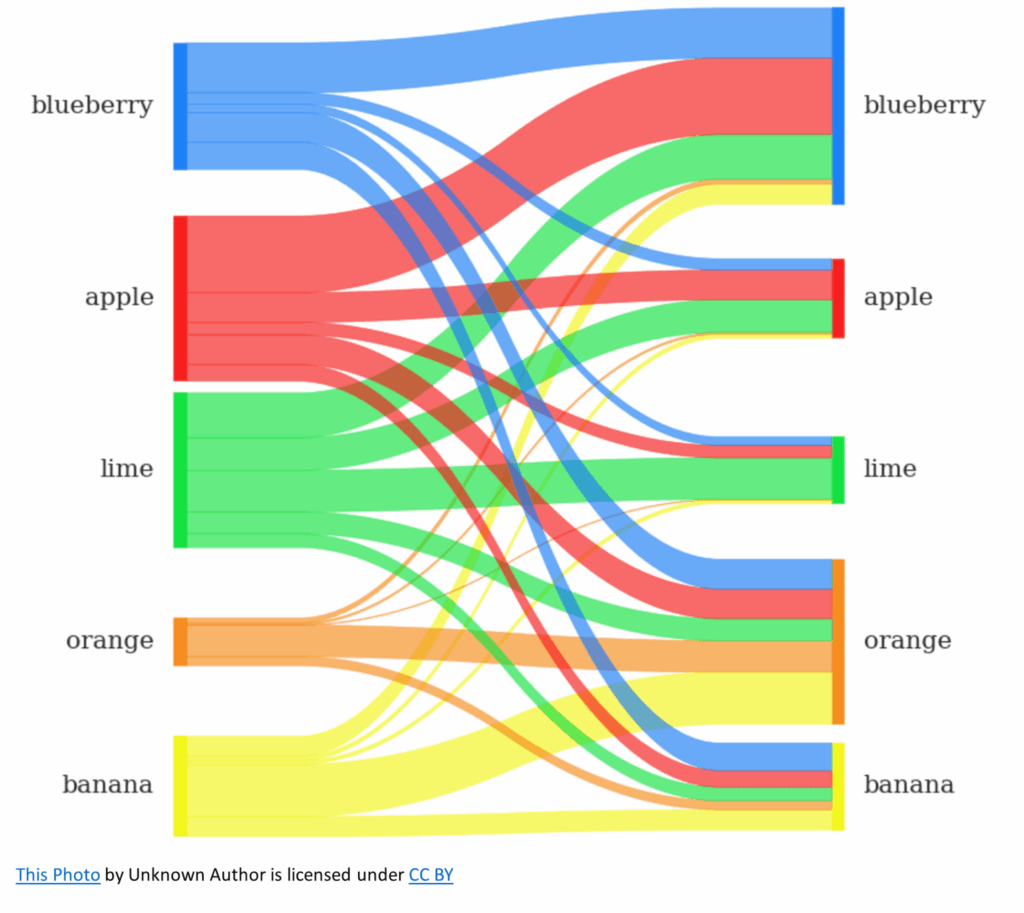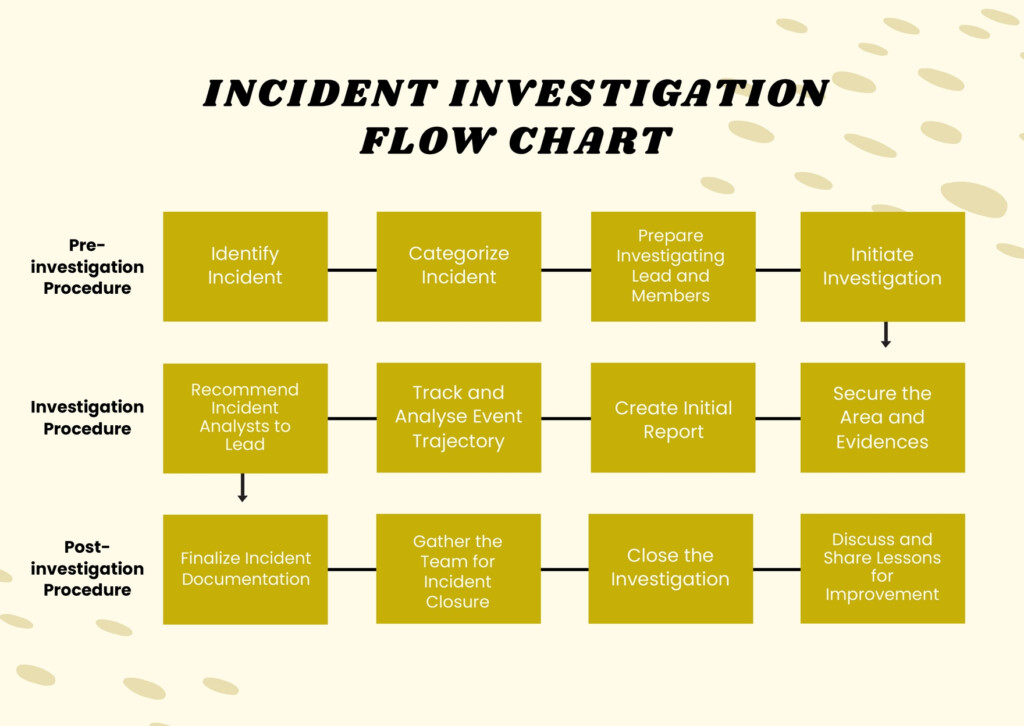Process flow charts are one of the most common types of flow charts used to depict the steps in a process. They are often used in industries such as manufacturing, engineering, and project management to map out the sequential order of tasks and activities. Process flow charts typically consist of rectangles representing tasks, arrows indicating the flow of the process, and decision points represented by diamonds.
These flow charts are instrumental in helping teams understand the workflow, identify bottlenecks, and improve efficiency. They provide a visual representation of how a process works, making it easier to spot areas for improvement and optimize the process.
Types Of Flow Charts
2. Swimlane Flow Charts
Swimlane flow charts are a type of flow chart that organizes information based on the responsible party or department. They are also known as cross-functional flow charts because they show the interactions between different departments or individuals involved in a process. Each department or individual is represented by a “swimlane,” which separates their tasks from others.
Swimlane flow charts are particularly useful in identifying areas of responsibility, handoffs between departments, and potential delays in a process. They provide a clear overview of how different parts of an organization collaborate to complete a task or project.
3. Workflow Diagrams
Workflow diagrams are another type of flow chart that illustrates the sequence of steps in a process. They are commonly used in business process management to visualize the flow of work within an organization. Workflow diagrams can be simple or complex, depending on the level of detail required.
These flow charts help organizations streamline their processes, improve communication between team members, and ensure that tasks are completed efficiently. They provide a visual representation of the entire workflow, making it easier to identify inefficiencies and make necessary improvements.
In conclusion, flow charts are valuable tools for visualizing processes and improving efficiency. By understanding the different types of flow charts available, organizations can choose the most suitable format to represent their processes accurately. Whether it’s a process flow chart, swimlane flow chart, or workflow diagram, each type offers unique benefits for analyzing and optimizing processes.
Download Types Of Flow Charts
Types Of Control Charts 7 Rules For Properly Interpreting Control Charts
Flow Charts 2 Storyboard By Templates
5 Chart Types That Display A Flow QuantHub
FREE Incident Flow Chart Templates Examples Edit Online Download




